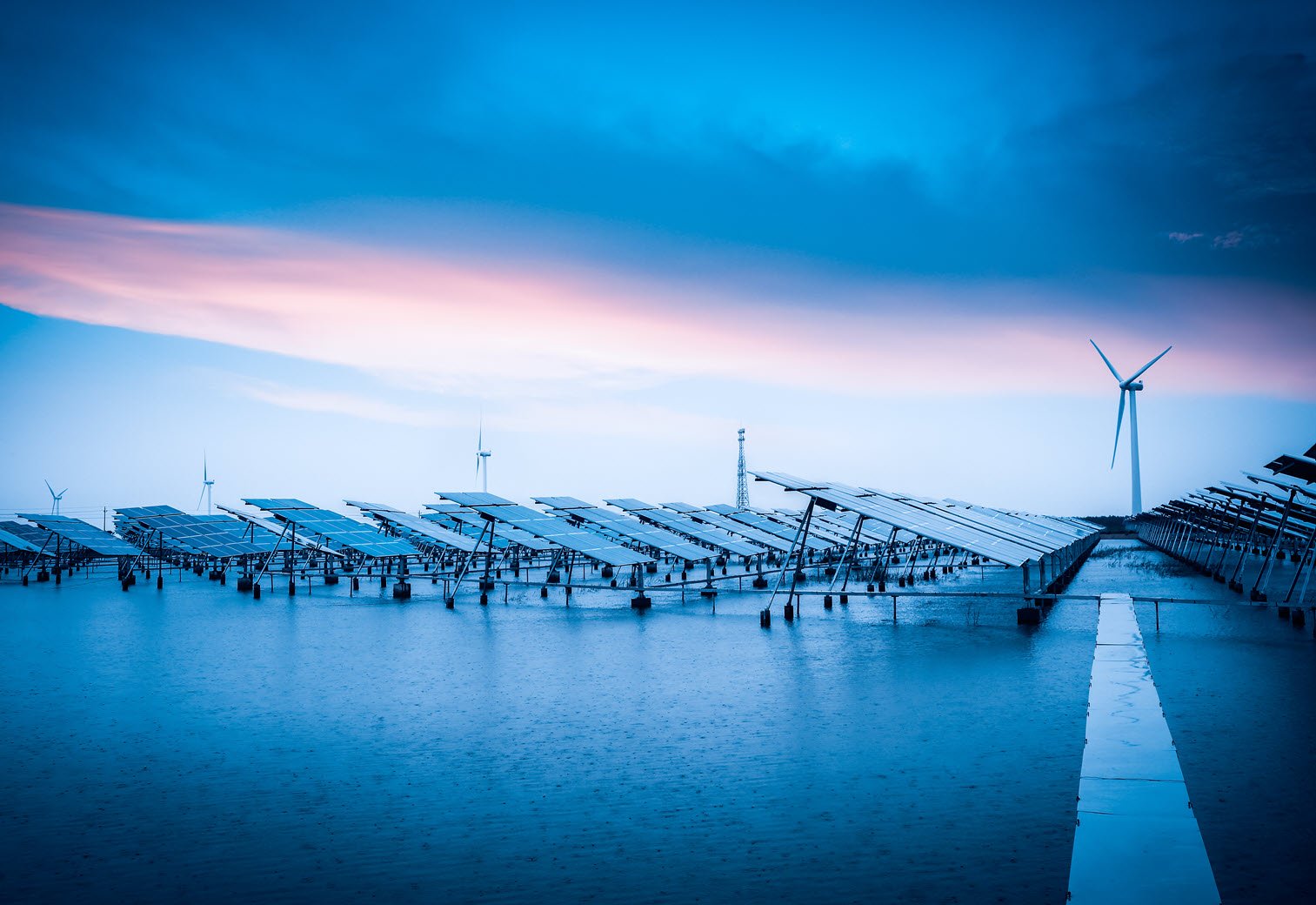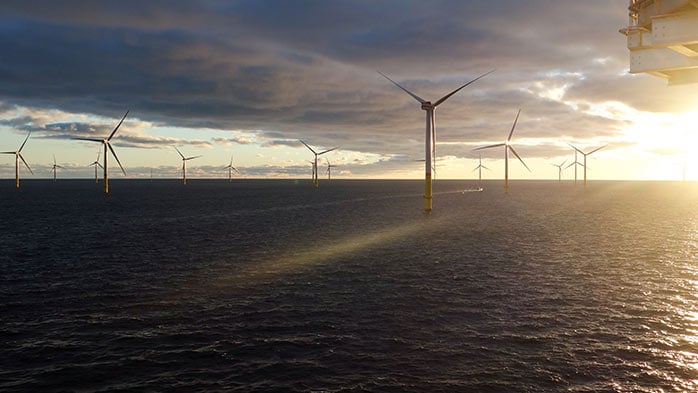In April, we forecasted a carbon price drop from €70 /tCO2 to ~€67 /tCO2. News of tariffs on 2 pulled the price down to ~€60 /tCO2 by 09 April, but this recovered to ~€65 /tCO2 after a tariff pause. However, it still ended the month below our prediction due to economic uncertainty. Power demand fell back further than the already low level given the economic uncertainty. Wind power declined in absolute terms but remained stable as a share of total power generation. As a result, fossil fuel use dropped drastically and the price ended the month slightly below our prediction
Wind speeds are forecast to fall over the next ten days leading to a wind power decline and this will lead to an increase in EUA demand as reliance on fossil power lifts. Additionally, declining coal prices will make coal more attractive than gas, leading to further gas-to-coal switching. Both factors will put upward pressure on the carbon price.
Warmer-than-average temperatures will continue in May and, along with uncertain economic prospects caused by unresolved EU and US tariff negotiations (on which we expect no significant progress within the next month), power demand will remain low. Nuclear and hydro power will fall again in April, but this is expected due to seasonality; and neither will significantly influence EUA demand and, therefore, the carbon price in our view.
With these factors, we forecast the carbon price will increase in May to ~€67 /tCO2. There is further upside risk that wind speeds may stay low for the whole month, which could see the carbon price lift further than our base case view. CRU Online subscribers can access the full report here, otherwise please speak to our sales team to access more in-depth information from CRU.
Low wind output will promote fossil power generation
Forecasts over the next ten days predict that wind speeds will be lower than the historical , leading to reduced wind output and, therefore, increased reliance on fossil fuels. This will put upwards pressure on the carbon price. There is more upside risk to our price forecast if wind speeds remain at below average levels for the whole month.
In April, hydropower output was below the typical level for the month and reservoir levels also declined. Predictions indicate that rainfall in the coming month will be slightly below average and, combined with low reservoir levels, it is anticipated that hydro output will remain below average throughout May. Our view is that continued low hydro output will have minimal differential impact on EUA demand and the carbon price.
Gas-to-coal switching is expected in May
Gas-to-coal switching took place in April, which was not expected as coal prices were forecast to increase but, instead, they decreased – driven in part by market instability due to tariff announcements. For May, we forecast gas-to-coal switching will persist as a further decrease in coal prices is expected. Along with an overall drop in wind output, this will put up pressure on EUA demand.
There are upside risks that gas prices might rise higher, than expected due to worsening market conditions. This will lead to added coal use which is associated with higher demand for EUA.
Power demand remains low
Power demand was down m/m and y/y in April to the lowest level it has been in recent months (n.b. considering seasonality). This is not a surprise due to the uncertain economy, especially given the EU and US tariff agreement currently hanging in the balance, and a resolution to these talks looking unlikely within the coming month.
Our forecast for steel profitability, a key economic indicator, has been upgraded but rather than reflecting a recovery in the economy it is due more to supply-side issues and capacity closures. Along with tariff uncertainty weighing on industrial output, warmer-than-average temperatures are also expected to dampen power demand. Given the latter is already significantly low, we do not think this will have much differential impact on the carbon price next month. However, there are both upside and downside risks related to the timing and result of any tariff negotiations.
Nuclear output will continue to fall
Nuclear output continued to decline in April, in line with historical precedent, and is expected to continue to fall in May. With no news of strikes or outages, we expect nuclear power will have minimal differential impact on the carbon price next month. The Flamanville reactor in France has had delays due to maintenance issues but the summer deadline for full grid connection is still in place. We expect nuclear power will have no differential impact on the carbon price next month.
If you want to hear more about carbon market forecasts and our short-, medium- or long-term carbon price forecasts or to request a demo as part of CRU’s Sustainability and Emissions service, please email us at sales@crugroup.com – we’d be happy to discuss this with you.

















